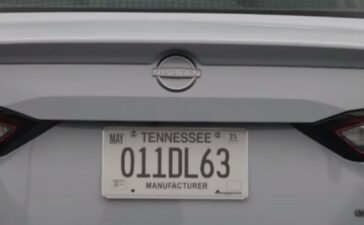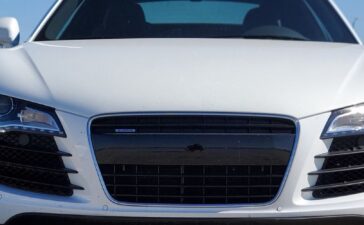What could be possibly better than an indicator telling you something is wrong with your vehicle? The answer would be an indicator that tells you everything is fine all the time. The check engine light in your vehicle is functioning both ways and it is a very critical feature, especially if the check engine light flashing when accelerating.
A check engine light flashing when accelerating can be a cause for concern, so we have compiled this article to tell you everything about the check engine light flashing when accelerating, why it might happen, and what you should do when encountering it.
What is the check engine light?
As said earlier, the check engine light is a crucial and essential indicator of the onboard diagnostics (OBD) system, shaped like an engine, which remains off most of the time, and of course, sometimes it comes on.
The illumination of this indicator that is located on your car’s dashboard can be a source of worry and concern, especially if you do not know what causes it.
Knowing the causes and fixes of a flashing check engine light while accelerating can help you a lot.
So what is the meaning of a lit check engine light?
It simply means there are problems with your car’s system. To be more specific, you need to keep reading the article to find out the common causes of a blinking check engine light when driving.
You might also enjoy: Flashing Check Engine Light Then Stops: Causes and Fixes
Why do cars have a check engine light?
Why not? You have probably spent a lot of money on buying your car, knowing that it can develop issues and troubles. So if a few indicators help you notice that there is something wrong in the car’s system, don’t you like it?
The check engine light assists the car owner as an early warning system that informs you of any issues taking place within your vehicle’s system.
All the indicators of your car’s onboard diagnostics (OBD) system are connected to your car’s computer. This particular unit is in charge of monitoring and controlling almost every system in your car.
If the engine computer detects a problem, it tries to fix it first. But some problems are not going to be fixed.
That is when the engine computer or the ECU saves the trouble code and tries to warn you about the unusual performances via an indicator. That is why the purpose of the check engine light is very important.
Is a flashing check engine light different from a normal and steady one?
Of course, it is. A steady check engine light is concerning to the driver, but a flashing one is even more grave.
If your car’s check engine light comes on and stays on without flashing, the problem in your car’s engine or related parts can wait a little before addressing it.
But a flashing or blinking check engine light is a good reason to address the issue right away. But if you are driving and encounter a flashing check engine light, try to find a safe place to pull over first.
Why is my check engine light flashing when accelerating?
You should know how your car’s onboard diagnostics operate first.
Knowing the science behind a flashing check engine light requires a basic understanding of your vehicle’s onboard diagnostic system and how it relates to other components of your vehicle.
After understanding the OBD system and its role in the vehicles’ system, you will find out why the check engine light flashes when accelerating.
What is the onboard diagnostics (OBD) system?
One of the very crucial systems that is necessary for the optimal operation of your vehicle, is the onboard diagnostics (OBD) system.
The OBD system is in charge of monitoring almost all of your vehicle’s other systems. It keeps an eye out for any signs of unusual activities and information to identify any issues.
This system consists of different components that can diagnose any issues, control the systems, and warn the driver of any upcoming issues.
You might also enjoy: What to Do When The BMW Check Engine Light Comes On?
The parts that create a usual OBD system are:
1- The ECU
The ECU is kind of a big deal and it stands for Electronic Control Unit or Engine Control Unit.
To fully understand the importance of this unit, you should know that a modern car cannot be driven without an ECU. However, you can drive your car if its ECU is defective.
The ECU is an engine management system, so it is responsible for keeping the engine running smoothly.
It has various jobs and responsibilities such as controlling the amount of fuel entering the engine’s cylinders for combustion.
The ECU location in your car mostly depends on its make and model.
The ECU’s job in the OBD system is to collect information from various sensors and interpret them to find any issues or irregularities.
2- Several sensors
If the ECU collects information from various sensors to properly monitor and control the car’s operations, then the OBD system must consist of various sensors throughout all systems of the vehicle.
The sensors collect information from different parts of the vehicle and send them to the ECU to be processed and managed properly.
If the input sent by the sensors is not normal, the ECU realizes there are issues.
3- The DLC port
The mechanics and vehicle repair technicians connect their scanner devices to the Diagnostic Link Connector (DLC) port to extract the error codes that the ECU has saved and find the issues.
This port is usually found beneath the dashboard of the driver’s side.
4- DTC (Diagnostic Trouble Code)
The ECU saves irregular information and issues as a code to notify the mechanic of the problems.
The code is called the DTC and can be extracted and interpreted by an OBD scanner.
5- MIL (Malfunction Indicator Light)
All the indicators on your car’s dashboard are a vital part of the OBD system and they are called a MIL. The MILs are triggered when a DTC is saved by the ECU.
So now you can understand how the OBD system works and what it takes for the check engine light to turn on.
If the ECU detects issues and irregularities within the vital systems of the vehicle, it will inform you by triggering the check engine light. Because if the car’s systems keep working with an unaddressed issue, there is a good chance that the simple issues will become more serious.
So the next time that your car’s check engine light is illuminated, do not ignore it and inspect your car.
You might also enjoy: Everything You Need to Know About Mazda Check Engine Light
What does it mean when the check engine light flashes?
First, we recommend you check this video:
Now that you have fully understood the process of an OBD system that leads to a lit check engine light, you should know what a lit check engine light means.
Of course, it means that the ECU has found some issues. But this is very unspecific.
A flashing check engine light is an indicator of a more severe problem than a steady-lit check engine light. Your vehicle’s OBD system alerts you of severe problems that could damage your vehicle if not addressed immediately by triggering the flashing check engine light.
Now to know what can trigger a flashing or blinking check engine light, here are the most common causes of a flashing check engine light during acceleration:
What causes the check engine light to flash when accelerating?
The potential causes of a blinking check engine light when driving your car are:
1- Engine misfires may be the reason behind flashing check engine lights while acceleration
This is a very common cause of a flashing check engine light and various reasons may lead to a misfiring engine including problems with the spark plugs or the ignition system.
When your engine misfires, it’s not burning fuel correctly, which can lead to a variety of problems and cause the car’s check engine light to start flashing.
2- Damaged oxygen sensors
The oxygen sensor in your vehicle measures the amount of unburnt oxygen in your vehicle’s exhaust system and another reason for a flashing check engine light while accelerating is a faulty oxygen sensor.
If this sensor is faulty, it can send incorrect information to your vehicle’s computer causing the check engine light to flash.
A faulty oxygen sensor is another common reason for a flashing check engine light when you are driving.
3- Other engine sensors
If any of the engine sensors are faulty and bad, it can lead to a flashing check engine light when accelerating. It can also cause the engine to run rich or lean and therefore result in poor engine performance and increased emission.
A damaged oxygen sensor is a very common problem when it comes to flashing check engine lights, but other sensors can disrupt the input that the ECU receives if malfunctioning, therefore it can trigger the check engine light’s flashing. They include the mass airflow sensor, engine coolant temperature sensor, and throttle position sensor.
You might also enjoy: Why Did My Traction Control And Check Engine Light Come On?
4- Ignition system issues such as worn-out spark plugs
Ignition problems can be caused because of worn-out spark plugs, problematic ignition coils, and bad wires.
If anything is wrong with the ignition system, the engine cannot maintain the proper fuel-air mixture and poor engine performance will be one result. So the check engine light will come on and start flashing as soon as the ECU detects ignition problems to let you know.
Also, damaged spark plugs can cause engine misfires as well since they are accountable for burning the fuel in the engine, and their incorrect operation can disrupt the optimal job of your engine.
5- The fuel injector is sticking
So if everything seemed okay up to this point, inspecting the fuel injector is essential.
A failing fuel injector will not close properly when you accelerate, putting too much fuel into the cylinders and leading to unburnt fuel escaping the exhaust as white smoke. This situation triggers a flashing check engine light as well.
6- Vacuum leak
Your car’s system may be experiencing a vacuum leak when the check engine light is flashing during acceleration. The chances of a vacuum leak are higher when your car’s engine is supercharged or turbocharged.
A damaged gasket, a failing intake manifold, or a cracked hose can cause a vacuum leak and as a result, the vehicle’s engine is no longer able to maintain the proper fuel-air mixture for combustion.
Therefore, a vacuum leak will lead to poor engine performance and will also increase harmful emissions.
That is why the check engine light would start flashing while accelerating if there is a vacuum leak.
Is it safe to ignore a check engine light flashing when accelerating?
It can lead to serious consequences and it is not recommended at all.
In the following paragraphs, we have explained the risks of ignoring a flashing check engine light when accelerating. Here are some of the risks related to ignoring this vital warning sign:
-
There is an engine damage risk
An engine damage risk is a very serious consequence of ignoring a flashing check engine light.
Engine misfiring or too much fuel being dumped into the cylinder can cause major harm to your engine over time and is a potential risk of ignoring the flashing check engine light.
You might also enjoy: Jeep Check Engine Light: Causes And Solutions [2023]
-
Your vehicle’s performance will be affected
The impact of defective system parts and inefficient performance is crystal clear. Various performance changes are caused by these issues, such as decreased fuel efficiency, reduced power, and other performance issues. Check engine light flashing when accelerating is a sign that you should address the underlying issues.
-
Environmental consequences
Air pollution is another outcome of the issues that cause the check engine light flashing when accelerating and that is due to the increased emissions.
The emissions that are produced by the engine’s optimal performance are less dangerous and harmful because they are usually converted into less harmful substances that are not as dangerous.
If any component of the vehicle’s system is inefficient, the emissions will increase and the systems might fail to convert the very harmful substances.
So if you are a fan of air pollution and global warming, feel free to ignore your car’s flashing check engine light and risk engine damage and polluted air.
What to do if the check engine light is blinking or flashing during acceleration?
Taking immediate and correct actions is vital when your car’s check engine light is flashing when accelerating. It can help prevent further damage to your car.
Here is what you should do:
1- Take immediate actions
Pulling over is the first action you should take. Although, the necessary point is to be careful about your safety first.
Stop the car and turn off the engine. This will prevent any further damage.
Lowering the car’s speed or load can also be helpful when the check engine light is flashing.
2- Use an OBD scanner to diagnose the car
After you are safely off the road, make sure to turn the engine off and start diagnosing your car if you own an OBD scanner.
The best way to diagnose a flashing check engine light is to use an onboard diagnostic (OBD) scanner to read the trouble codes from your vehicle’s computer.
3- Seek professional help
If you do not own an onboard diagnostic (OBD) scanner or if you are not mechanically inclined, then you will need to seek professional help. It is best not to drive your car if the check engine light is flashing, so the best way to get to the best mechanic is by having your car towed to the nearest one.
Make sure to have a skilled and experienced mechanic diagnose the car.
You might also enjoy: Chevy 2500 Bolt Pattern: Ultimate Guide [2023]
Error codes for a flashing check engine light during accelerating
The check engine light starts flashing when the vehicle’s ECU has detected a problem or defect with the engine.
The ECU will save the trouble code and all the cached errors have a specific “P” code that you and your mechanic can use for diagnosing the car accurately.
The mechanic (or even you) can connect a diagnostic reader to the DLC to read the saved error codes of the flashing check engine light when accelerating.
The most common P codes that you need to recognize while diagnosing a flashing check engine light are:
-
P0300 error code
This P error code will appear if your engine is experiencing misfires and ignoring it will make you regret it.
-
P0302 error code
Once the ECU detects any cylinder misfires, it saves a DTC that, once read by an OBD scanner, is shown as a P0302 code.
-
P0420 error code
This error code is representative of an inefficient catalyst system that needs addressing very soon.
-
P0455 error code
The ECU will produce a P0455 code when it detects large leaks within the EVAP system.
-
P2463 error code
A soot accumulation can result in this error code. The P2463 code is also an indicator of diesel particulate filter restriction.
How to avoid a flashing check engine light when accelerating?
Unpredicted issues within the engine or other related components cause the check engine light to flash when accelerating and it might be impossible to prevent a flashing check engine light forever, there are actions you can take to reduce the chance of these issues occurring in the first place:
1- Regular maintenance is vital
One of the most effective ways to prevent issues that can cause your check engine light to flash is by maintaining the car regularly.
Regular oil changes are vital and replacing the vehicle’s spark plugs as recommended by your vehicle’s manufacturer can reduce the chance of a misfiring engine.
Do not forget to keep the fuel system clean.
2- Regular inspections are the key to avoiding this irritating situation
Consistent repairs and maintenance are essential but without regular inspection by a professional and skilled mechanic, you cannot be sure of the car’s condition.
A mechanic can identify potential problems before they become serious and can provide the necessary maintenance to keep your vehicle running smoothly and prevent a flashing check engine light.
3- Keep an eye out for performance changes
Pay more attention to any changes in your vehicle’s performance if you do not want to experience a flashing check engine light.
If you detect any differences regarding the car’s performance such as unusual noises, a decrease in fuel efficiency, or changes in acceleration, it’s important to have your vehicle inspected by a professional mechanic as soon as possible.
This way you can avoid the check engine light flashing while accelerating.
Frequently Asked Question
- What does a flashing check engine light mean? The check engine light flashes when serious and harmful issues exist in the vehicle’s system that need immediate attention.
- What to do if my car’s check engine light starts flashing while I’m driving? Do not panic and find a safe place to pull over. Turn off the vehicle’s engine and try to diagnose the car yourself or seek professional help.
- Why does a check engine light flash when accelerating? An engine misfire is one of the most common causes of a flashing check engine light when accelerating. Other possible causes can be faulty engine sensors, vacuum leaks, ignition problems, and sticking fuel injectors.
- Can I diagnose a flashing check engine light myself? Yes, you can. Try using an OBD-II scanner to see the error codes from your vehicle’s ECU and interpret them.
- How to prevent the check engine light from flashing when accelerating? Prevent a flashing check engine light by maintaining the vehicle regularly and keeping it in good condition. Pay more attention to any performance changes and replace any components of the car if necessary.
Final words
As irritating as a flashing check engine light could be, it is a very helpful indicator on your car’s dashboard that helps you notice any malfunction before it can cause bigger and more serious problems.
A flashing check engine light when accelerating indicates serious issues that must be addressed soon or they can harm the vehicle in a major way.
The reasons behind check engine light flashing when accelerating are various and you can only prevent additional harm to your vehicle and guarantee it remains safe and reliable on the road by recognizing and knowing them.
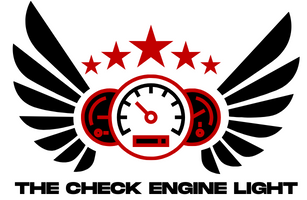


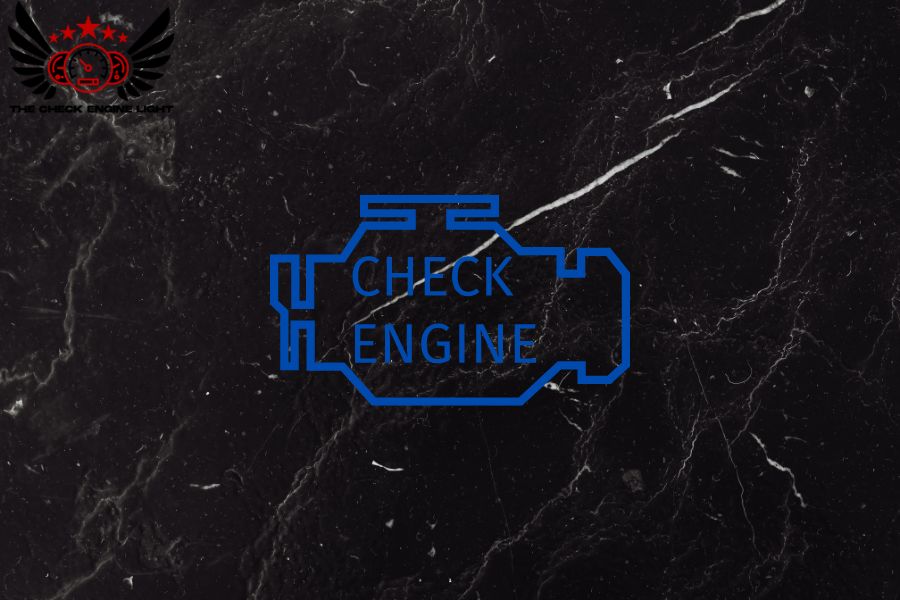
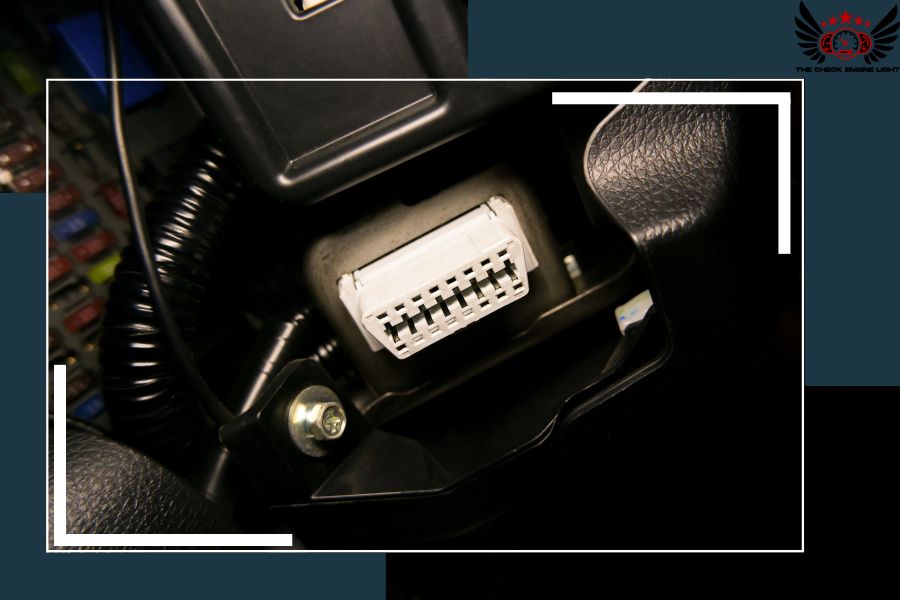
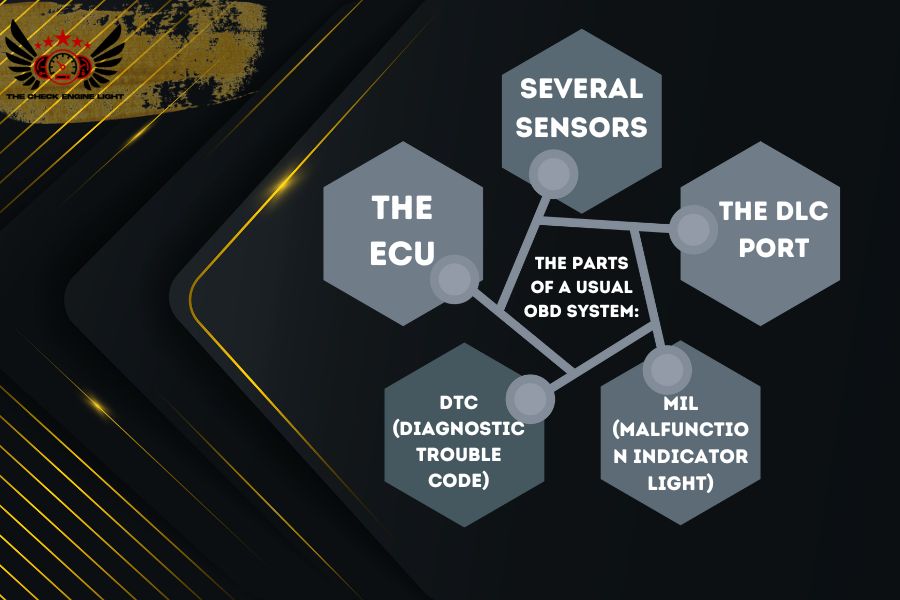
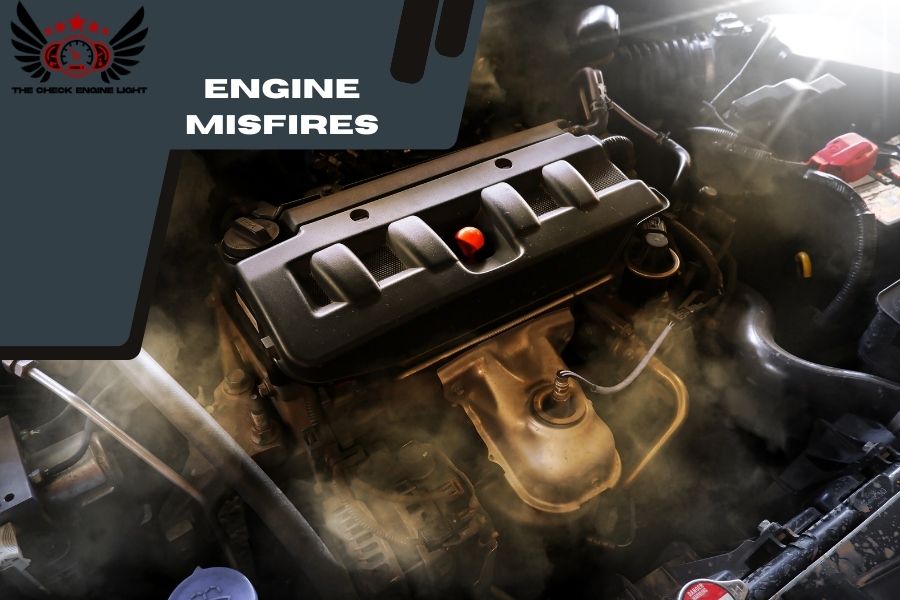
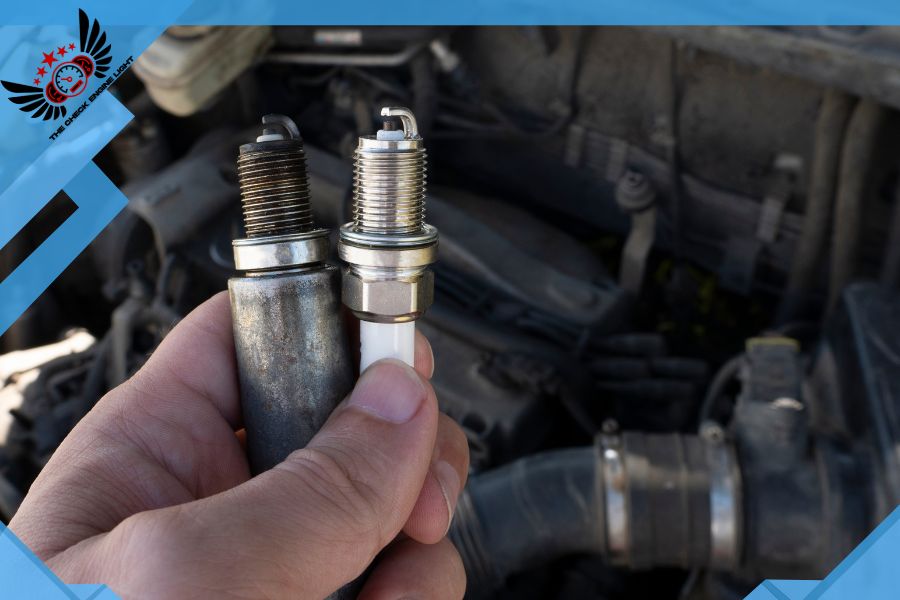
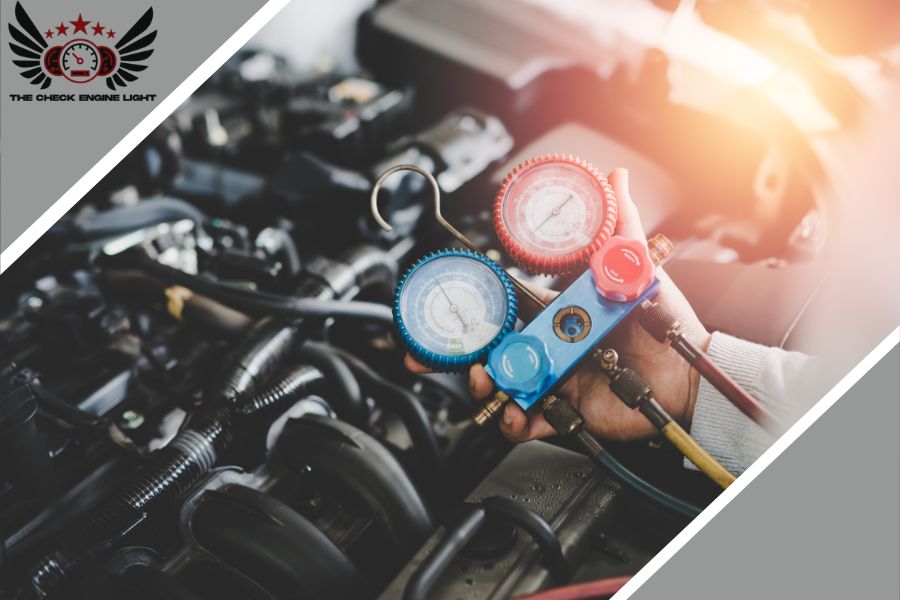
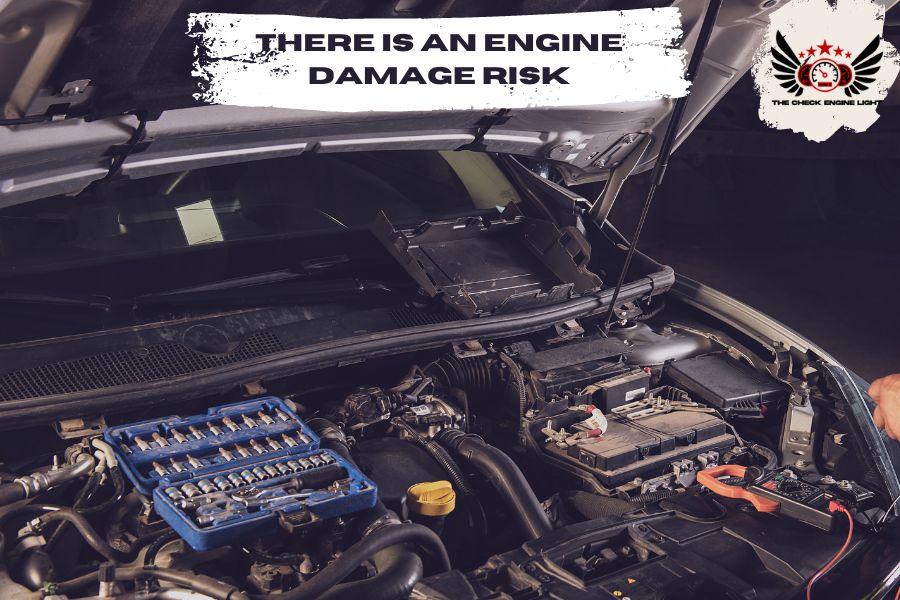
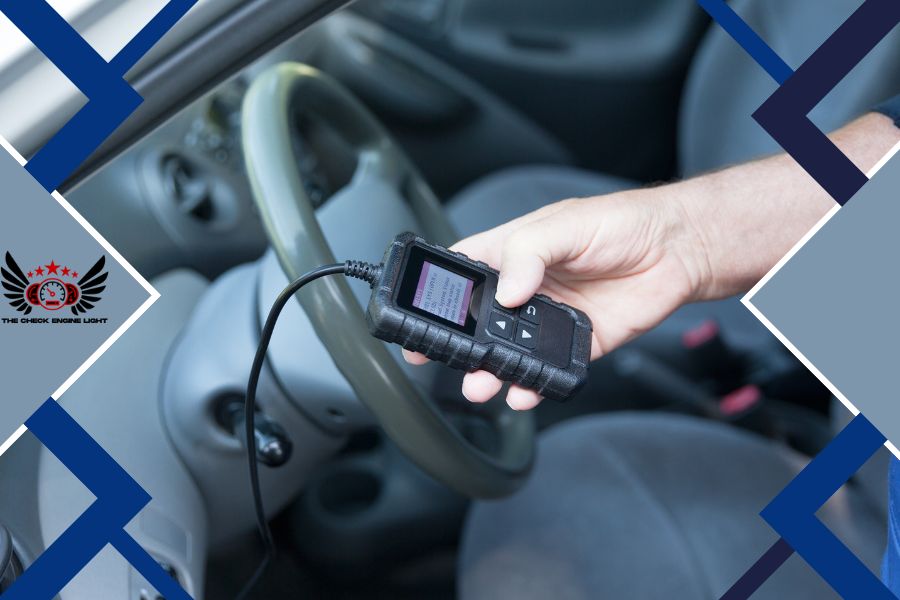
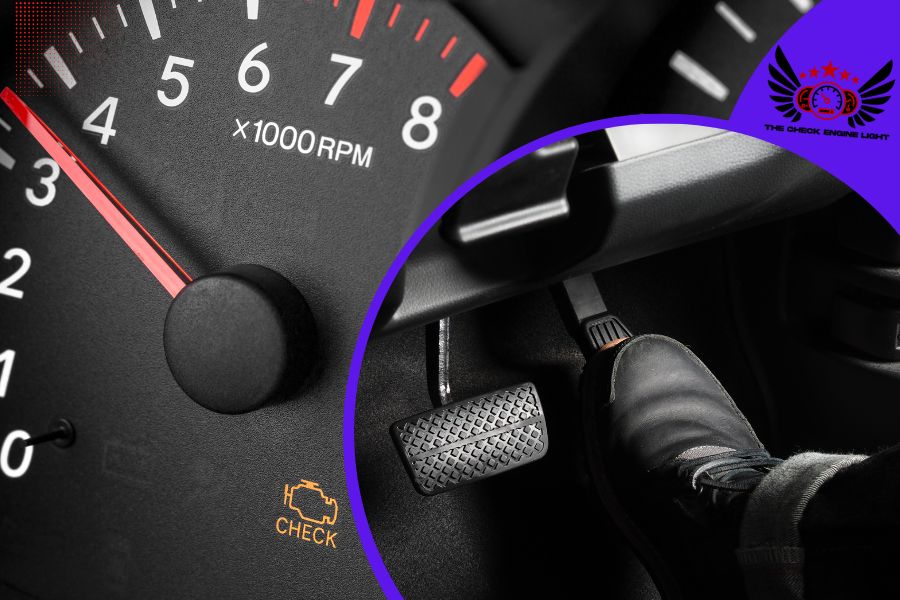
![an pic for Code p0420 Check Engine Light Fully Explained [2024]](https://thecheckenginelight.com/wp-content/uploads/2024/02/Code-p0420-Check-Engine-Light-Fully-Explained-2024-364x225.jpg)
